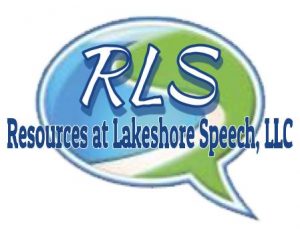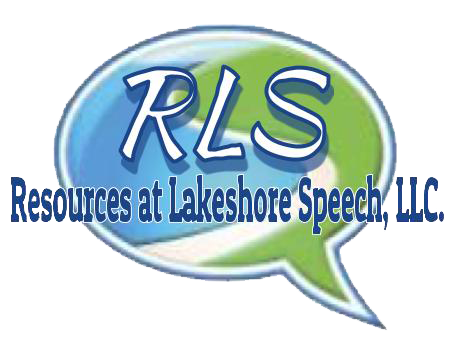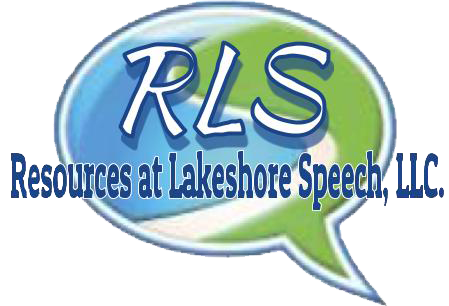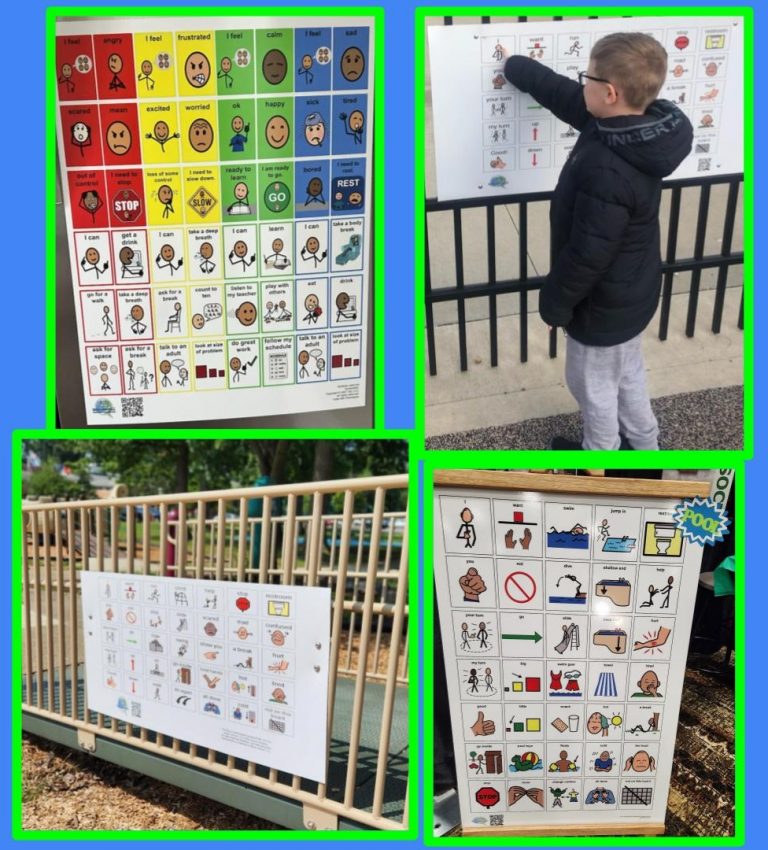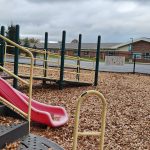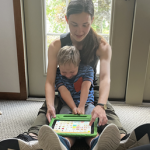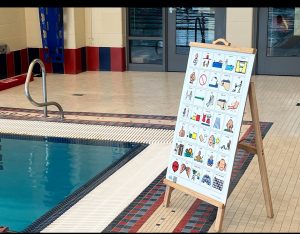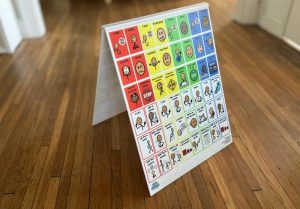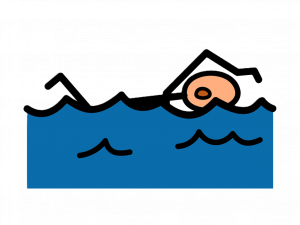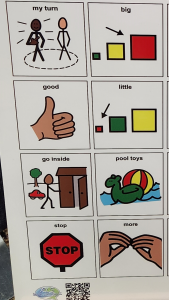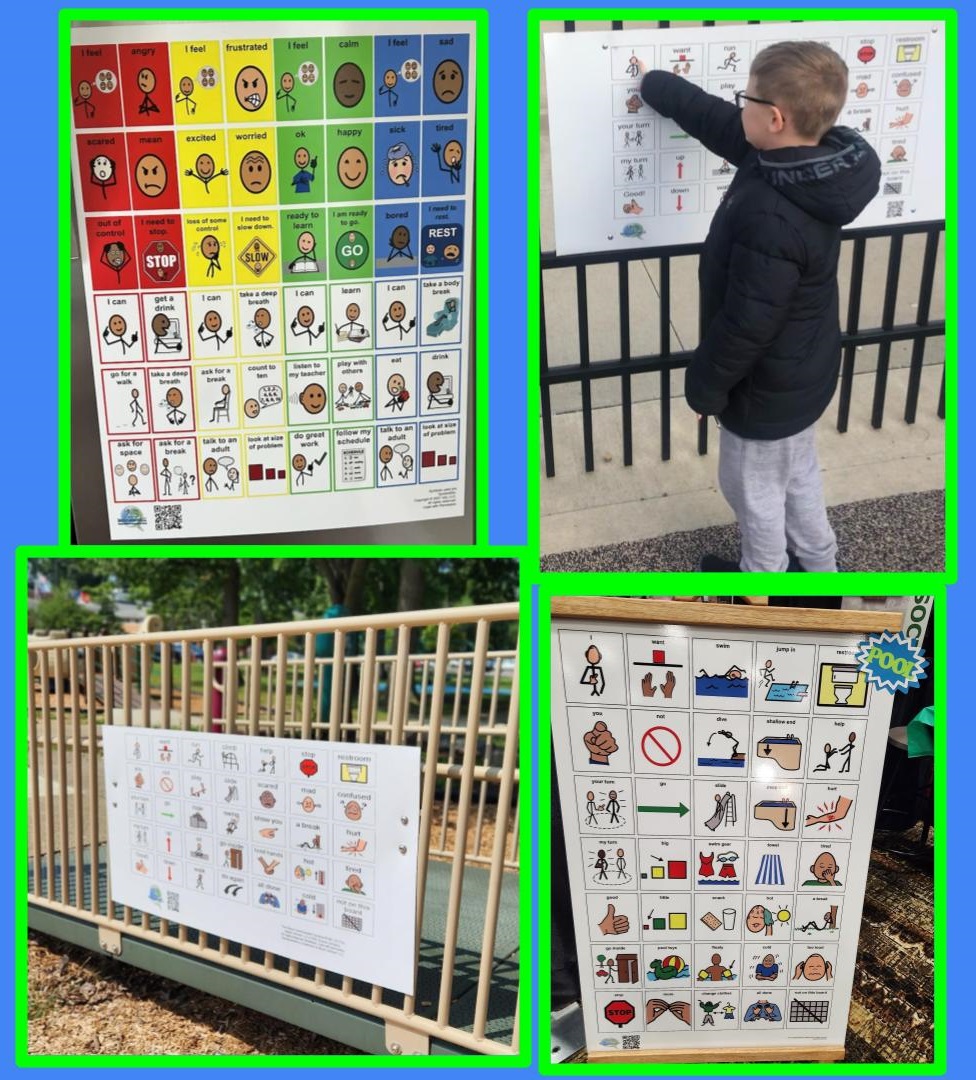
As speech-language therapists, we’ve witnessed firsthand the profound impact that communication tools can have on children with various communication differences. One tool that stands out in its versatility and practicality is the static communication board. When it comes to inclusive play areas like playgrounds and pools, static communication boards are not only effective, but they also offer unmatched ease of use, durability, and accessibility.
We’ll dive deep into why static communication boards are better suited for playgrounds and pools, highlighting their benefits and explaining how they can foster greater inclusion and independence for children who rely on Augmentative and Alternative Communication (AAC) systems.
What Are Static Communication Boards?
Before we dive into the specifics, let’s clarify what a static communication board is. In essence, a static communication board is a tool that displays a set of pictures or symbols in a fixed layout. These boards usually contain images of objects, actions, or feelings that children can point to, allowing them to communicate their needs, wants, or emotions. Static boards are different from dynamic systems (like speech-generating devices or apps) in that they do not change or move, hence the term “static.”
Static communication boards are typically made of durable materials like plastic or aluminum alloys, and they are designed to be weatherproof, making them suitable for outdoor use.
Why Playgrounds and Pools Need Communication Boards
Playgrounds and pools are spaces where children come to have fun, interact with their peers, and explore their environment. However, for children with speech or language differences, these environments can be challenging, as they may struggle to communicate their needs, wants, or even safety concerns. Imagine being at a pool but not being able to tell an adult that you need help, or being at a playground but unable to ask another child to join in a game.
This is where communication boards come into play. By providing a simple, visual way for children to communicate, static boards allow for better interaction and inclusion. Here’s why they are particularly well-suited for these environments:
Simplicity and Ease of Use
Unlike dynamic devices, which require power, charging, or updates, static communication boards are always available and ready for use. Children, parents, or caregivers simply point to the images to express themselves. The simplicity of this tool is perfect for outdoor settings like playgrounds and pools where children are often engaged in active play and may not have access to their personal AAC devices.
For children who experience a communication differenece, static boards offer a quick and accessible way to communicate. Whether they’re indicating that they want to go down the slide, need a break, or want to join in a water game, a static communication board gives them the tools to express these desires in real time.
Durability and Weather Resistance
Outdoor environments can be tough on technology. Water from pools, rain, or even sweat can interfere with electronics, and dirt or sand from playgrounds can damage delicate devices. Static communication boards, on the other hand, are designed to withstand the elements.
These boards can be made from waterproof, UV-resistant materials, ensuring that they hold up against weather changes and frequent use. Unlike electronic AAC devices, which can break down or require costly repairs, static boards provide a reliable and long-lasting communication option.
At pools, static communication boards can be mounted near entrances, seating areas, or lifeguard stands. Their water-resistant design means they won’t be affected by splashes or humidity, making them a reliable tool for children at any time.
No Need for Power or Connectivity
Many dynamic AAC systems rely on power sources like batteries or need internet connections for updates. These limitations can make them impractical for use in playgrounds or pools. Static communication boards, however, are ready to use at all times. There’s no worry about devices losing battery life or needing to connect to Wi-Fi.
Parents and caregivers also benefit from the peace of mind that comes with knowing that a child’s communication tool is always accessible and won’t fail due to technical difficulties. At a pool, for example, a static communication board can ensure that even in a moment of need, communication remains open and available.
Promotes Independence
Children love to explore and interact with their environment, and static communication boards promote independence by allowing them to communicate without needing an adult or a device to assist them. In playgrounds, where kids are moving between activities—climbing, sliding, swinging, or running—having a fixed board in a central location empowers them to seek it out and use it when needed.
In pools, where devices are not safe due to the water, static communication boards give children the freedom to express themselves without relying on caregivers to carry or manage a fragile device. Whether they need to communicate something urgent, like feeling cold, or something simple, like requesting a toy, they can do so independently.
Fosters Inclusion and Peer Interaction
Communication barriers can make it difficult for children to form friendships or participate in group play. But static communication boards help bridge this gap. Imagine a scenario at a playground where a child with limited speech wants to ask another child to join them on the swings. With a static board, they can point to symbols representing play actions or feelings, making it easier for both children to understand each other and engage.
Static communication boards are a tool not just for the child who needs them, but for everyone. When peers see that communication can happen through symbols, it normalizes different communication methods and encourages inclusivity.
At pools, the presence of communication boards ensures that children with communication needs can enjoy the water with their peers, communicate with lifeguards, or ask for help if necessary. This kind of inclusion is crucial for building a more understanding and accepting community.
Affordable and Easy to Implement
Another key benefit of static communication boards is their cost-effectiveness. Compared to high-tech AAC devices, which can be expensive, static boards are a budget-friendly option for communities looking to make their playgrounds and pools more inclusive. Boards can be designed and installed at a fraction of the cost of dynamic systems, and they require minimal maintenance over time.
Many parks and recreation departments or community organizations may not have the budget to implement expensive technological solutions, but they can afford to install a static communication board. Moreover, once installed, these boards require no additional investment in terms of power, data, or software.
Customizable for Specific Environments
One of the greatest advantages of static communication boards is that they can be tailored to suit the specific needs of an environment. For playgrounds, boards can include symbols for popular play activities like swinging, sliding, or climbing, as well as feelings like “happy” or “tired.” For pools, boards can include symbols for swimming, floating, requesting assistance, or safety concerns like “help” or “cold.”
Customizing boards for different settings ensures that children have access to the most relevant vocabulary for that environment, making communication more efficient and meaningful.
How to Advocate for Static Communication Boards in Your Community
If your community playground or pool doesn’t yet have a static communication board, there are steps you can take to advocate for their installation:
- Reach Out to Local Officials: Contact your city’s parks and recreation department to discuss the benefits of static communication boards and how they can make playgrounds and pools more inclusive.
- Collaborate with Schools or Therapy Centers: Schools and speech therapy centers may be willing to partner with local parks to design and fund communication boards for playgrounds and pools.
- Organize a Community Effort: Gather parents, caregivers, and local organizations to advocate for the installation of communication boards. Highlighting the importance of inclusivity can make a compelling case for community leaders to take action.
- Eagle Scout or Girl Scout Projects: Installing communication boards can also be a fantastic project for Eagle Scouts or Girl Scout Gold Award candidates looking to make a positive impact in their communities.
Conclusion
Static communication boards are an invaluable tool for promoting inclusivity, independence, and safety in playgrounds and pools. Their durability, ease of use, and affordability make them an ideal solution for outdoor environments, where children of all abilities can come together to play, explore, and interact.
Every community should prioritize the installation of these simple yet powerful communication tools, ensuring that all children, regardless of their communication abilities, have the opportunity to fully enjoy playgrounds and pools.
